Arizona’s diverse desert landscapes are home to a surprising variety of fascinating arachnids, especially tarantulas. From the sunbaked Sonoran Desert to the rocky mountain foothills, tarantulas in Arizona have adapted to thrive in some of the most arid and rugged environments in the United States. These impressive spiders often remain hidden during the day but become active during the summer monsoon season, when sightings are more common.
In this guide, we’ll explore 18 unique types of tarantulas in Arizona, each with its own physical traits, habitat preferences, and regional distribution. For nature enthusiasts, hikers, and anyone interested in Arizona’s wildlife, understanding these species can help with identifying them in the wild or even appreciating them as pets.
From the widely recognized Arizona blond tarantula to lesser-known and recently described species, tarantulas in Arizona represent an incredible slice of the state’s natural biodiversity. Read on to discover their appearance, behavior, and where you’re most likely to encounter them.
Different Types of Tarantulas in Arizona
Aphonopelma chalcodes (Arizona blond tarantula)
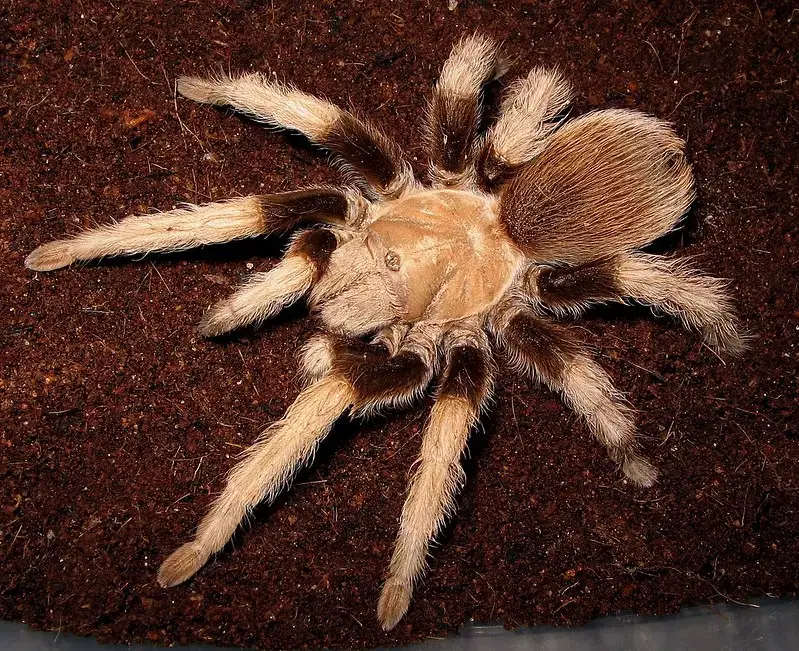
Aphonopelma chalcodes, commonly known as the Arizona blond tarantula, is the most frequently encountered tarantula species in the state. It is especially active during the summer monsoon season when males wander in search of mates. This species is known for its calm temperament, making it a popular choice among tarantula keepers.
This spider is easily identified by its contrasting coloration—light tan or blond carapace and darker brown to black legs and abdomen. Adult females typically have a body length of about 2 inches (5 cm), while males are slightly smaller but more slender. Both sexes have dense hairs covering their bodies, giving them a velvety appearance.
In Arizona, Aphonopelma chalcodes is commonly found in the Sonoran Desert and surrounding arid regions. They live in burrows they dig themselves or modify from existing crevices, and they prefer loose, sandy or silty soil. These tarantulas are nocturnal ambush predators and feed on insects and other small invertebrates.
Aphonopelma iodius (Desert tarantula)
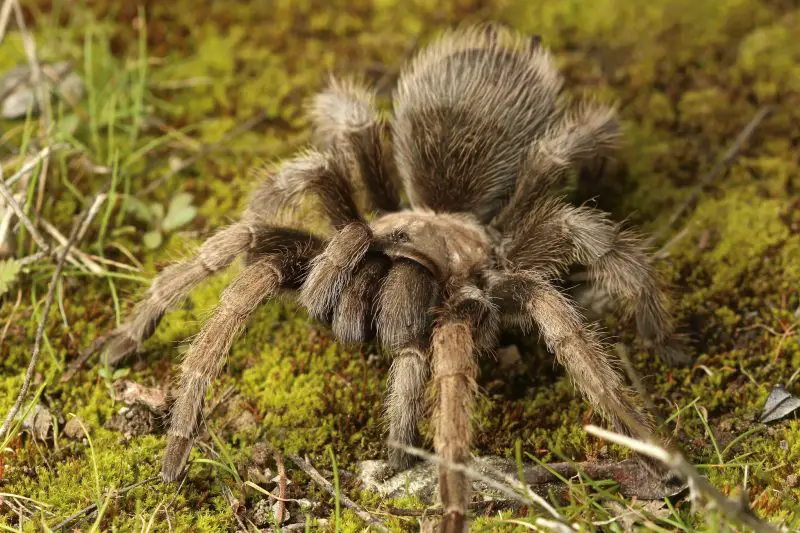
Aphonopelma iodius, also known as the desert tarantula, has a wide range across the southwestern United States, including large parts of Arizona. It is a hardy species that thrives in extremely arid environments. This tarantula is particularly active in the evening and at night when temperatures drop.
The species varies in color but generally features a brown to dark brown body with a slightly lighter carapace. Adult females grow up to 2.5 inches (6.3 cm) in body length, while males tend to be more slender and long-legged. The hair on their legs and abdomen may have a reddish or coppery sheen in the right lighting.
In Arizona, Aphonopelma iodius can be found in desert scrublands, grasslands, and rocky hillsides, especially in areas with compact soil suitable for burrowing. They are solitary and reclusive, rarely leaving their burrows except during mating season. This species is also known for its longevity—females can live over 20 years in the wild.
Aphonopelma marxi (Grand Canyon black tarantula)
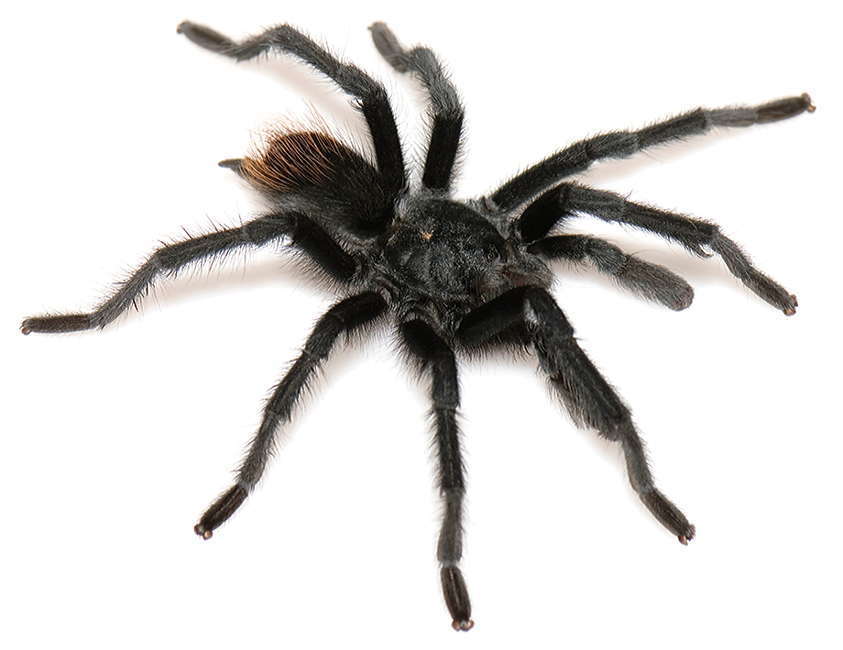
Aphonopelma marxi, commonly referred to as the Grand Canyon black tarantula, is primarily found in the northern regions of Arizona, including areas surrounding the Grand Canyon. It is one of the darker tarantulas in the region and is adapted to cooler, higher-elevation habitats.
This species is characterized by its deep black coloration, including the legs, carapace, and abdomen. It is typically medium-sized, with females reaching up to 2 inches (5 cm) in body length. The thick, black hair covering its body makes it easy to distinguish from other local species.
In the wild, Aphonopelma marxi is found in pinyon-juniper woodlands and mountainous terrain. Unlike many desert species, it prefers higher elevation and more temperate microclimates. These spiders are rarely seen during the day, staying hidden in burrows or natural crevices, and are most active during the cooler months of late summer and fall.
Aphonopelma vorhiesi (Tucson bronze tarantula)
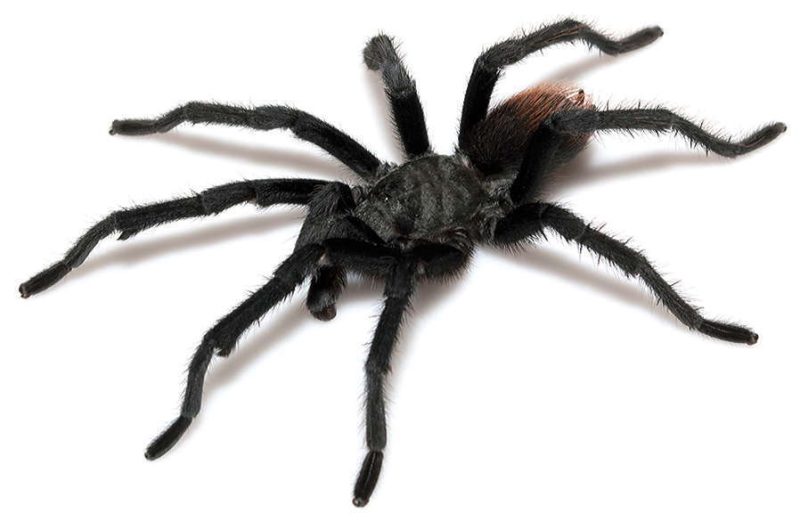
Aphonopelma vorhiesi, or the Tucson bronze tarantula, is native to southern Arizona and named after the city of Tucson. It is particularly abundant in areas with desert grassland or oak woodland habitats, often at mid-elevations where humidity is slightly higher than in lower desert regions.
This tarantula features a metallic bronze or dark copper sheen on its carapace, contrasting with its darker legs and abdomen. Adult females reach about 2 inches (5 cm) in body length, and males are usually more slender. The bronze tint gives this species a distinct appearance among other Arizona tarantulas.
Aphonopelma vorhiesi typically inhabits regions like the Santa Rita Mountains and foothills near Tucson. It lives in shallow burrows and comes out at night to hunt small insects. The species is known for its shy behavior and is rarely aggressive, often choosing to retreat rather than confront threats.
Aphonopelma gabeli (Carlsbad green tarantula)
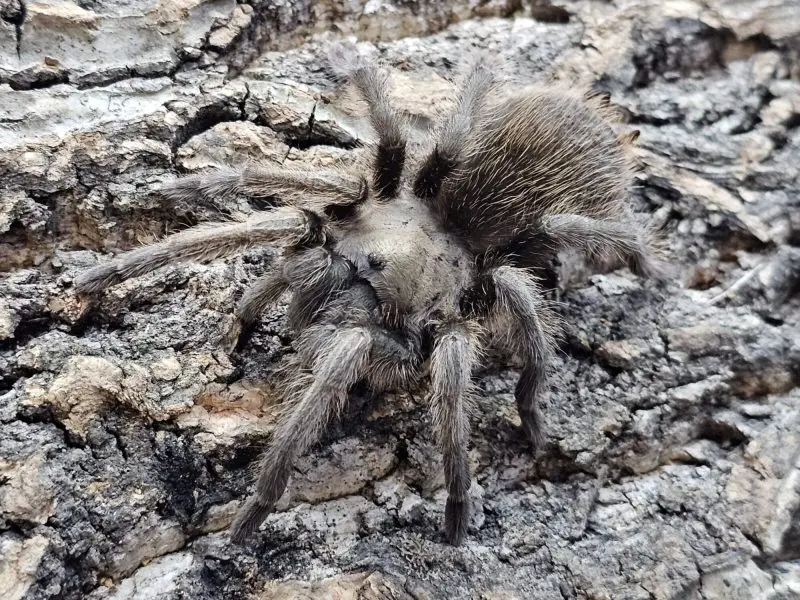
Aphonopelma gabeli, also known as the Carlsbad green tarantula, is found in southeastern Arizona and neighboring regions of New Mexico. It is named after Carlsbad Caverns, though it inhabits a wide variety of semi-arid landscapes across its range.
This species often has a subtle greenish-brown coloration, particularly on the carapace, giving it a slightly iridescent appearance under natural light. It is moderately sized, with adult females measuring around 1.5 to 2 inches (4–5 cm) in body length. Its legs and abdomen are typically a dull gray to brown, covered in fine hairs.
Aphonopelma gabeli prefers scrubby, open environments with sandy or rocky soil where it can dig burrows. In Arizona, it is more frequently found in the southeastern corner of the state, including Cochise County. This tarantula is relatively elusive and mostly nocturnal, often remaining hidden during the day to avoid the dry desert heat.
Aphonopelma paloma (Paloma dwarf tarantula)

Aphonopelma paloma, known as the Paloma dwarf tarantula, is one of the smallest tarantula species found in Arizona. Though it is relatively common in southern Arizona, particularly in Pima County, it is rarely seen due to its tiny size and secretive nature. It has been the focus of several scientific studies because of its unique ecological adaptations.
This species typically has a body length of less than 1 inch (about 2 cm), making it one of the smallest in the genus. It has a pale to medium brown coloration with short hairs and a subtle sheen on the carapace. Its diminutive size makes it easy to confuse with juvenile tarantulas or other small ground-dwelling spiders.
Aphonopelma paloma inhabits desert grasslands and lowland scrub in the southern part of the state. It prefers sandy soils where it can create shallow burrows. Despite its elusive nature, researchers often locate it during the late summer rains when males emerge briefly to search for females.
Aphonopelma mojave (Mojave dwarf tarantula)
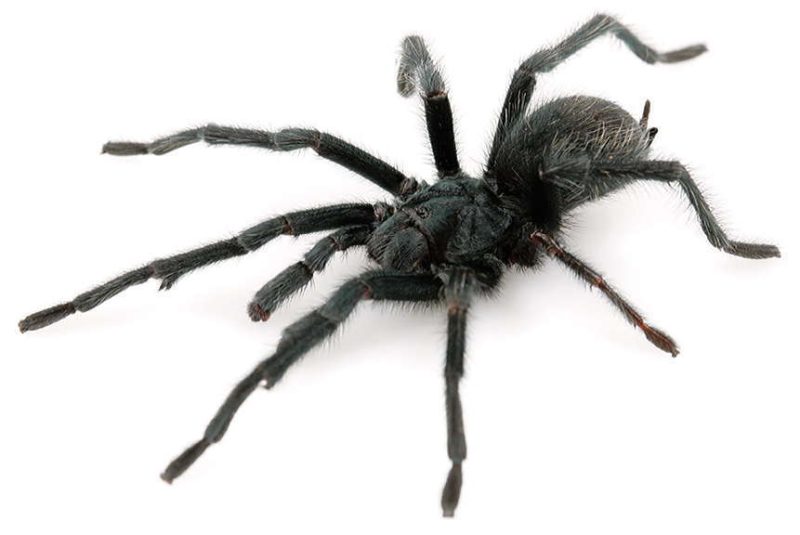
Aphonopelma mojave, or the Mojave dwarf tarantula, is native to the northwestern edges of Arizona, particularly in areas where the Mojave Desert extends into the state. As a dwarf species, it remains relatively small and discreet, often overlooked in the wild.
This species has a compact body structure and is usually light to dark brown in color. Adult females reach just over 1 inch (2.5 cm) in body length, while males are thinner and slightly more leggy. The legs may have faint banding and are covered in fine, velvety hairs.
In Arizona, Aphonopelma mojave is typically found in dry, rocky habitats with sparse vegetation. It constructs small burrows in hard-packed desert soils, often at the base of shrubs. Like many desert tarantulas, it is most active at night and during the short mating season in late summer and early fall.
Aphonopelma armada (Texas black spot tarantula)
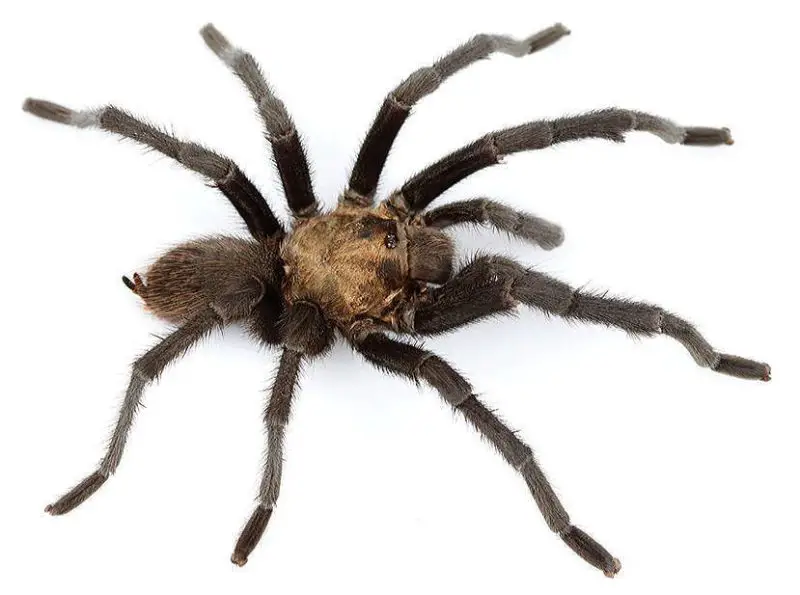
Aphonopelma armada, also referred to as the Texas black spot tarantula, is more commonly found in Texas, but its range extends into southeastern Arizona. This species is distinctive due to the dark markings on its abdomen, which give it its common name.
It has a stocky body with a black to dark brown abdomen often featuring a faint central dark spot or patch. The carapace is usually a lighter tan or brown color. Adult females reach up to 2 inches (5 cm) in body length, while males are slightly smaller and more agile during mating season.
In Arizona, Aphonopelma armada is typically encountered in desert and scrub environments of Cochise and Santa Cruz counties. They live in silk-lined burrows and tend to be more reclusive than other local species. Their distribution is limited, but they are more likely to be found during rainy months when males roam in search of females.
Aphonopelma steindachneri (San Diego bronze tarantula)

Aphonopelma steindachneri, or the San Diego bronze tarantula, is predominantly found in southern California but extends into western Arizona, especially in regions close to the state line. It is part of the bronze tarantula group known for their metallic carapaces.
This species has a rich bronze to coppery coloration on its carapace, with darker legs and abdomen. It is moderately sized, with adult females measuring around 1.5 to 2 inches (4–5 cm) in body length. The hairs on its body reflect light, giving it a somewhat shimmery appearance.
In Arizona, this tarantula is typically observed in border areas with coastal scrub and chaparral-like habitats. Its presence is most noted in western Yuma and La Paz counties. It inhabits well-drained soils and emerges primarily during the summer monsoon to participate in the mating season.
Aphonopelma madera (Madera Canyon tarantula)
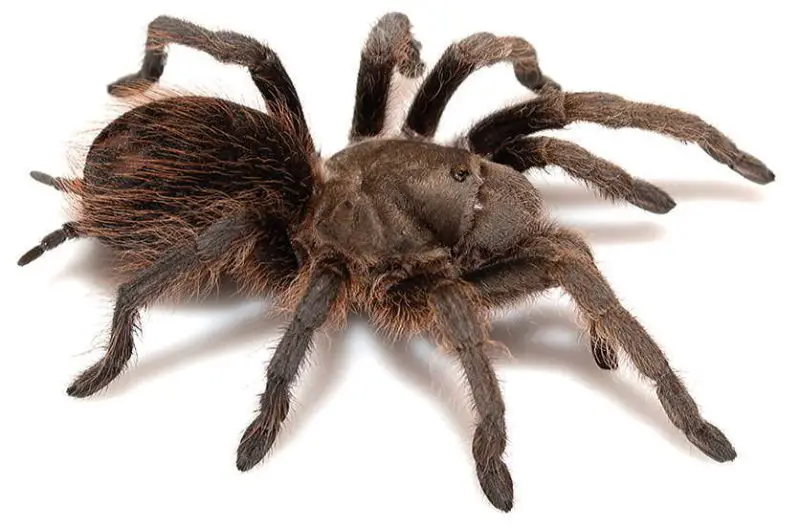
Aphonopelma madera, commonly called the Madera Canyon tarantula, is a localized species found in and around Madera Canyon in southern Arizona. Its distribution is limited, but within this area, it is one of the most recognizable tarantulas due to its unique coloration and habitat.
The species has a dark brown to reddish body with reddish hairs on the legs and abdomen. Adult females are medium-sized, with body lengths reaching up to 2 inches (5 cm). The rich coloration and dense hair coverage make it stand out from other nearby species.
This tarantula inhabits oak-pine woodlands and mid-elevation mountain slopes in the Santa Rita Mountains. Unlike desert-dwelling tarantulas, Aphonopelma madera prefers more shaded and humid environments. It is nocturnal and spends much of its time in burrows, becoming more visible during the rainy season.
Aphonopelma catalina (Santa Catalina Mountain tarantula)
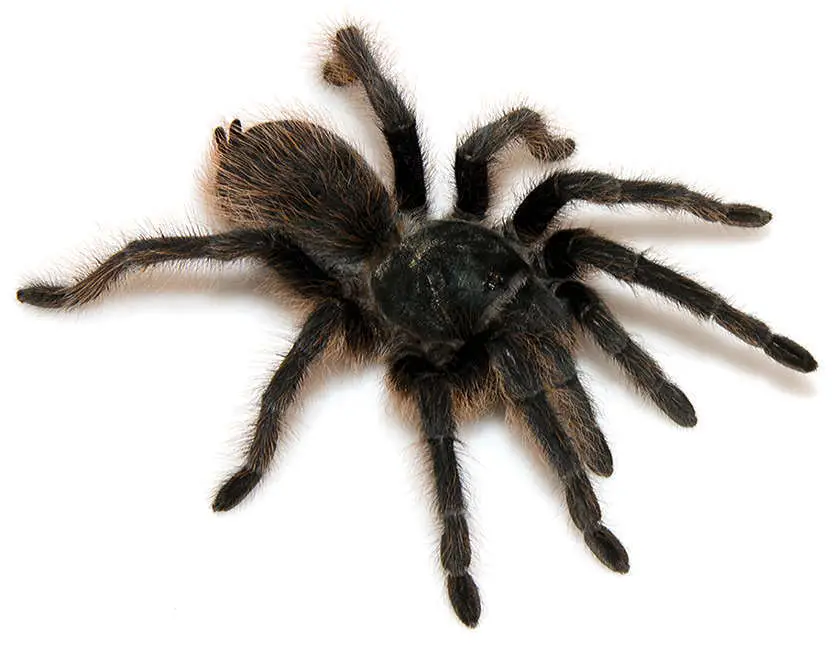
Aphonopelma catalina is a rare and endemic species found only in the Santa Catalina Mountains of southern Arizona. This limited distribution makes it one of the most elusive tarantulas in the region. Its name directly reflects its highly localized habitat, and it is seldom encountered by the general public.
The tarantula typically has a dark brown or black body with a slightly lighter carapace, covered in fine hairs. It is a medium-sized species, with adult females reaching about 1.5 inches (3.8 cm) in body length. Due to its mountain habitat, it is more adapted to cooler and more humid environments than most desert-dwelling relatives.
Aphonopelma catalina lives in forested mountain slopes, often at higher elevations where oak and pine woodlands dominate. These environmental conditions are quite different from the desert and scrublands that many Arizona tarantulas inhabit. The species remains mostly underground in burrows, surfacing occasionally during the monsoon season.
Aphonopelma hentzi (Texas brown tarantula)

Aphonopelma hentzi, known as the Texas brown tarantula, is a widespread species throughout Texas and other central states. In Arizona, its range is much more limited, mainly occurring near the state’s eastern border. It is recognizable and well-studied due to its widespread presence outside Arizona.
This species is known for its large size and robust build. Females can reach body lengths of over 2 inches (5 cm), with a leg span exceeding 4 inches (10 cm). Its coloration is typically medium brown with slightly darker legs and a dense covering of short hairs across the body.
In Arizona, Aphonopelma hentzi is usually found in grasslands and semi-arid habitats close to the New Mexico border. It prefers loose, dry soils for burrowing and becomes more active during the summer rains. Its gentle disposition has made it a popular tarantula in the pet trade.
Aphonopelma eutylenum (California ebony tarantula)
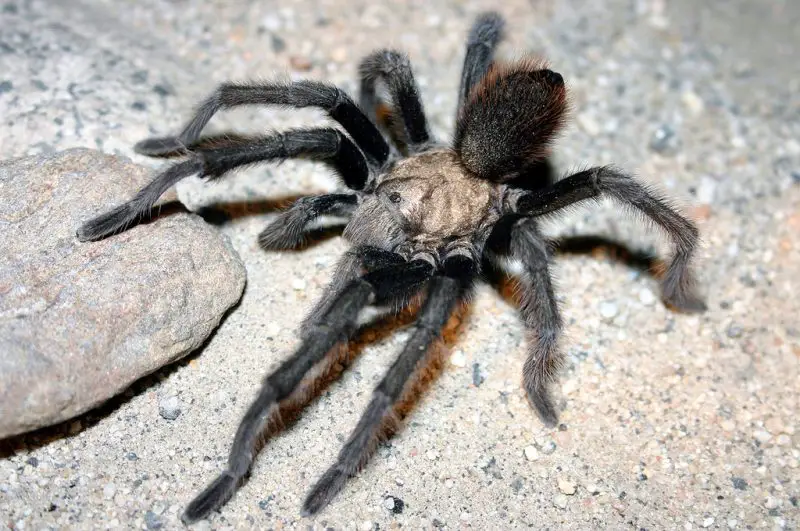
Aphonopelma eutylenum, also called the California ebony tarantula, is primarily found in California but has been occasionally documented in far western Arizona. These rare occurrences suggest it may cross into Arizona along the Colorado River corridor.
This species has a dark black or ebony-colored body with minimal patterning. Adult females can grow up to 2 inches (5 cm) in body length, and their overall appearance is smooth and velvety due to the fine setae covering their bodies. Males are generally slimmer and have longer legs.
In Arizona, Aphonopelma eutylenum is found in habitats similar to those it occupies in California: dry scrublands, open woodlands, and rocky slopes. Its sightings in Arizona are sporadic, typically near the state’s western border, and it is not considered a common resident.
Aphonopelma johnnycashi (Johnny Cash tarantula)

Aphonopelma johnnycashi was named in honor of musician Johnny Cash, as it was first described near his birthplace in California. While the species is mainly found in central California, its range may extend marginally into Arizona, though confirmed sightings are limited.
The tarantula is predominantly black with a matte appearance, which inspired its naming after the “Man in Black.” Adult females reach about 1.5 to 2 inches (4–5 cm) in body length, and the species overall has a sleek, uniform color across the body and legs.
Potential Arizona populations of Aphonopelma johnnycashi would be located in the westernmost parts of the state, particularly in similar dry, rocky habitats. However, more research is needed to confirm its status in Arizona, as only limited evidence supports its presence.
Aphonopelma moderatum (Rio Grande gold tarantula)

Aphonopelma moderatum, commonly known as the Rio Grande gold tarantula, is mostly associated with Texas but may occur very sparsely in southeastern Arizona near the Rio Grande Valley. Its striking coloration distinguishes it from many of its relatives.
This tarantula has a light golden to tan carapace with a contrasting dark brown abdomen and legs. The setae give it a golden glow, especially under sunlight. Adult females measure up to 2 inches (5 cm) in body length and have a calm, docile temperament.
In Arizona, if present, Aphonopelma moderatum would likely inhabit the arid grasslands and brush areas near the state’s eastern boundary. It constructs deep burrows and remains hidden during the day, coming out mostly at night during the breeding season in late summer.
Aphonopelma superstitionense (Superstition Mountains tarantula)
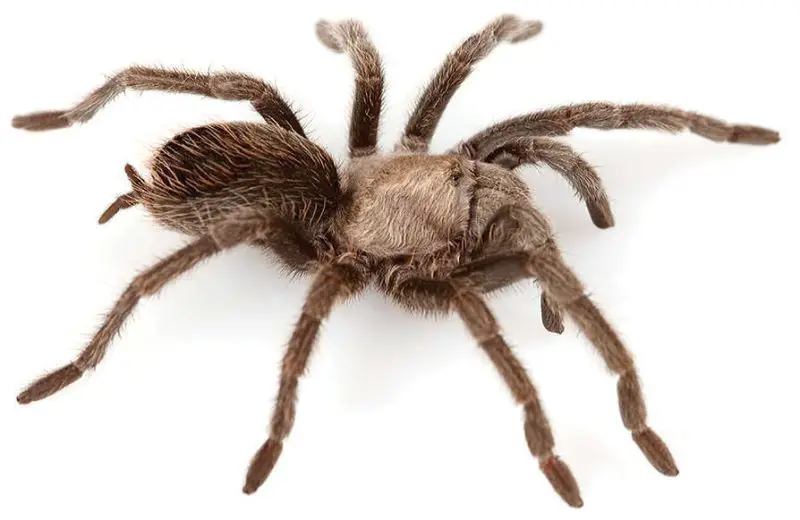
Aphonopelma superstitionense is a rare tarantula species named after Arizona’s iconic Superstition Mountains, where it was first identified. The species is not widely observed in the wild and remains one of the lesser-known members of the Aphonopelma genus. It is considered regionally endemic to this specific area.
Its appearance is not drastically different from other desert-dwelling tarantulas in Arizona. It has a dark brown to black body, sometimes with slightly lighter legs or carapace. Adult females are medium-sized, generally growing to around 1.5 inches (3.8 cm) in body length. Due to its cryptic lifestyle, it often goes unnoticed by casual observers.
Aphonopelma superstitionense is believed to inhabit rocky desert terrain and foothill regions within the Superstition Mountains. Its burrows are likely located in shaded crevices or under rocks, and it may become more active during the summer monsoon season. The species remains poorly studied and is rarely seen in the field.
Aphonopelma prenticei (Prentice’s tarantula)
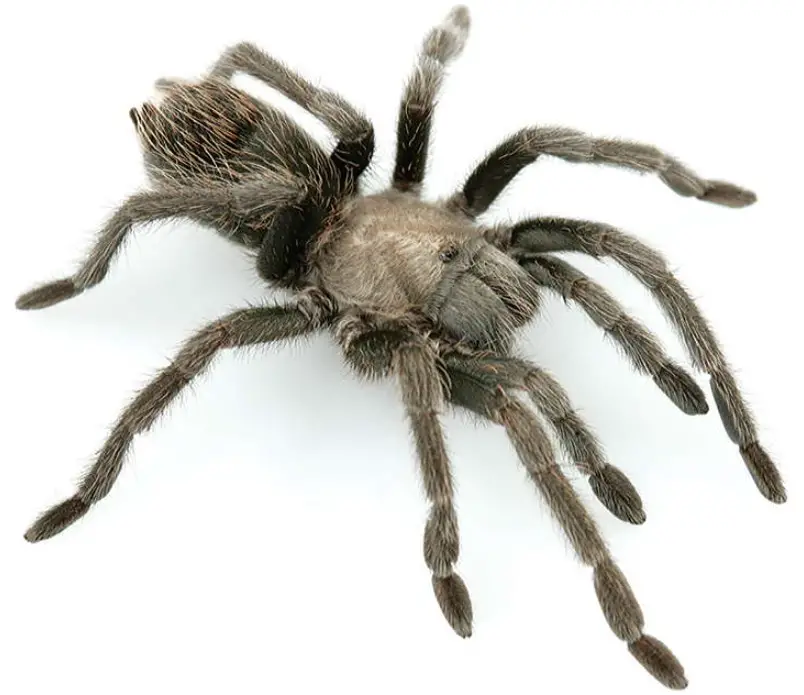
Aphonopelma prenticei is a poorly understood species, with most information coming from taxonomic literature rather than field observations. It is believed to inhabit the southern desert regions of Arizona, but exact distribution data are limited. The species was named in honor of a contributor to arachnology.
This tarantula has a brown to black coloration and appears similar to other desert Aphonopelma species. Adult size is modest, with females reaching roughly 1.3 to 1.6 inches (3.3 to 4 cm) in body length. Identification in the field is difficult without detailed morphological analysis, particularly of the reproductive structures.
Aphonopelma prenticei is presumed to live in dry, sandy habitats such as creosote bush scrub or semi-arid grasslands. Like other species in this genus, it likely constructs burrows and remains hidden during the day. Its elusive nature and limited sightings mean that much remains unknown about its ecology and behavior.
Aphonopelma xwalxwal
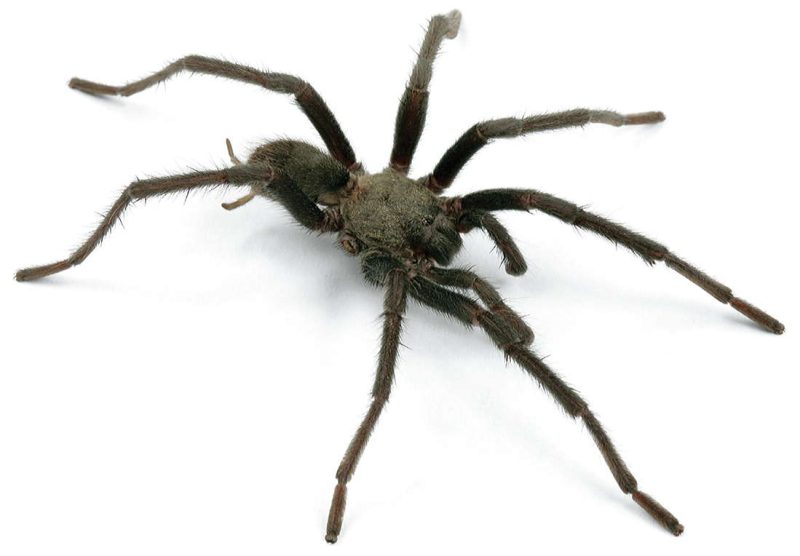
Aphonopelma xwalxwal is one of the most recently described tarantula species in the United States and is known for its extremely restricted range. The name “xwalxwal” comes from the Cahuilla language and reflects cultural connections to the land. It is among the rarest tarantulas in Arizona.
Physically, this species appears similar to other dwarf tarantulas, with a compact body and dark, muted coloration. Adult females are small, usually no more than 1 inch (2.5 cm) in body length. The limited number of specimens and field data has made it difficult to distinguish it easily from related species.
Aphonopelma xwalxwal is known from a very small geographic area, possibly extending into southern Arizona from southeastern California. Its habitat likely includes rocky desert outcrops or low-elevation scrublands. The species is rarely observed in the wild and is of interest primarily to researchers and taxonomists.






